Rock 808 beat
Accessibility
Black & White
High Contrast
Text Size
Cursor Size
Choose your language
ENGLISH
Desert is a Forest
Khazim mainly grows in the Fujairah region. The plant is used as fodder for animals, and birds are attracted to the sweetness of the plant. Khazim is also consumed as a tea to treat low hemoglobin levels.
Desert is a Forest
Khazim (Grewia Tenax) mainly grows in the Fujairah region. The plant is used as fodder for animals, and birds are attracted to the sweetness of the plant. Khazim is also consumed as a tea to treat low hemoglobin levels.
Desert is a Forest
Al Hamra (Arnebia hispidissima) is usually found between the sandy soil plains of Ras al Khaimah and Dubna, Fujairah. The roots of the plant were used as a dye for clothes, as well as treated fevers by boiling the roots in water, and drinking as a tea. Its flowers and leaves are also loved by grazing goats.
Desert is a Forest
Flowering between February and April, Kaff Maryam (Anastatica Hierochuntica) grows throughout the Arabian Peninsula in dry, sandy and silt wadi beds. The plant is easy to identify when it’s dry as the curled branches resemble a clenched fist. The dried stems unfurl when soaked in water producing a tonic that provides several medicinal uses for pregnant women, including increasing milk supply, prevention of early miscarriages, balancing the body’s hormones, aiding the muscles of the uterus and reducing labour pain. It also increases fertility in women and reduces menstrual pain. Many folk stories surround Kaff Maryam, including the story of Mary clenching the plant in her hand when giving birth to Jesus.
Desert is a Forest
Thriving in the valleys and mountains of Fujairah; goats, humans and birds are drawn to Thor (Tephrosia Appolonea) shrub for its seeds. People consume the seeds when they are still tender and birds consider this shrub as a safe haven for building nests.
Desert is a Forest
Ghilih (Dyerophytum indicum) is a plant loved by humans and goats. Humans use the salty leaves as a seasoning for salads, and the fruits are eaten by goats.
Desert is a Forest
Baql (Rhynchosia minima) was once used as a substitute for coffee and is a common plant that grows across all parts of the UAE. It is also used in salads and as a garnish.
Desert is a Forest
Khansour/Yadaa (Desmidorchis Arabica) is mainly found in the high mountain ranges of the UAE. It often finds its way into Al Saloona, a meal eaten with rice, and the leaves are often added to salads. The plant also has medicinal properties, believed to help with diabetes. Commonly found with red blooms, the yellow bloom variant of this plant is now considered rare.
Desert is a Forest
With a tang of sourness, Hommed (Rumex Vesicarius) is a plant loved by communities living around Ras Al Khaimah and Umm Al Quwain, especially when the plant starts blooming after the rain. Mostly eaten as a salad, this plant has two varieties – one which grows in the mountain or rocky areas and the other that grows in the sandy plains, difference only in colour and shape.
Desert is a Forest
Commonly widespread across the UAE, the tender leaves and flowers of Markh (Leptadenia Pryotechnica) were often used in different food preparations. Markh was also used to make rope and fishing tools. At the same time, it is a highly grazed plant by goats and other desert animals.
Desert is a Forest
A small shrub that mainly thrives on sandy plains, Maqarnah (Monsonia Nivea) is often drunk as tea, prepared by drying the leaves and taken as a cure for fevers. Goats are drawn to the plants when they start producing flowers in January.
Desert is a Forest
Sakhbar (Cymbopogon commutatus) produces an oil that has a strong aromatic smell, and medicinal properties that protect against fever and is used as a diuretic when consumed as a tea.
Desert is a Forest
Humans and goats are drawn to Felh (Capparis Spinosa) at sunset, when the flowers open up and start blooming. The leaves of the plant are added to salads, and the flowers are used for preparing jam. The flowers are also known to relieve tooth pain.
Desert is a Forest
The roots of Al Raq (Salvadora Persica) continue to be used as a natural toothbrush in some parts of the UAE. It is a very important plant for goats and camels as it helps the animals produce milk, and gives their milk a high vitamin content.
Desert is a Forest
Mohtadi (Pulcaria Glutinosa) is used in perfumes and tea. It is also mixed with other leaves and salt to produce an ointment that is applied to wounds.
Desert is a Forest
People in some parts of the UAE dry and grind Rimth (Haloxylon salicornicum) to add to boiling water as a tea, which is believed to be highly medicinal in nature. Goats also graze upon its spindly stems.
Desert is a Forest
Usually found across the wadis of the UAE, Seedaf (Pteropyrum Scoparium) grows in the winter, and the leaves are often added to salads.
Desert is a Forest
Khobez (Malva Parviflora) can be found throughout the UAE and is known to have a strong smell in the evenings. The leaves are boiled to make tea and added to salads. Khobez helps relieve stomach pain and cleanses the body.
Desert is a Forest
A perennial aromatic plant that thrives in the mountain regions of the UAE. Characterised by different coloured flowers, Jadaa (Teucrium Polium) continues to be used in tea, sometimes as a replacement for mint and as medicinal concoctions for treating stomach pain (after being dried and mixed with either milk, water or juice). Traditionally, some of the flowers were used to make pillows as they remain fluffy with a mild fragrance.
Desert is a Forest
Sobber (Tamarindus Indica) grows widely in the mountainous regions of the UAE and is moderately tolerant to salt. It is often used as an ornamental tree in gardens and landscaping, and produces edible fruit. Goats also enjoy eating its leaves and fruits.
Desert is a Forest
Ghoban (Periploca Aphylla) produces velvety dark red flowers that are used as a garnish for salads. The leaves are eaten by grazing goats.
Desert is a Forest
The Shih (Seriphidium Sieberi) leaves are used to make bitter tea, which helps relieve constipation, diabetes and was traditionally used to treat fevers.
Desert is a Forest
Common around Fujairah, Silm (Acacia hrenbergiana) is considered a rare tree. The yellow flowers of Silm are very special, as they attract bees and are used to make honey. The leaves are loved by goats, and as Silm is a thorny tree, it provides protection to the homes of birds and other small animals. Young leaves are used in salads as well as yellow flowers as garnish.
Desert is a Forest
Native to the Arabian Peninsula as well as Iraq, Syria and Lebanon, Rehan (Ocinum Basilicum L) is similar to basil. The leaves and flowers are added to salads and teas for flavour, and oil is extracted from the plant to produce perfume. The plant is also known for its medicinal uses, where leaves are infused in water and used as an expectorant to treat coughs and as a general tonic. Planted between March and April, the seeds can be propagated after two months of flowering.
Desert is a Forest
Known for its medicinal properties, Harmel (Peganum Nitrariaceae) is used in traditional medicine for muscle pains, diabetes, stomach aches, wounds and cuts. Traditionally, the leaves were also boiled in water to bathe in, which helped relieve rashes and fungus on the skin. Goats also love to eat the flowers and leaves.
Desert is a Forest
Rahel (Atriplex Halimus) is a unique plant that is naturally salty and used to season salads. It is also widely used as fodder for goats and camels.
Desert is a Forest
Hawa (launacea arborescens) starts flowering in February. Goats wait eagerly for this time of the year to graze on the delicious flowers and tender branches.
Desert is a Forest
Thamam (panicum turgidum) seeds were once grinded and mixed with wheat to make bread. Today, goat farmers propagate the seeds and feed them to their animals. A barter economy also existed in the UAE, and the hay produced from Thamam was traded in exchange for wood and coffee.
Desert is a Forest
Zaabal (Triraphis pumilio) propagates by self-seeding and has a short lifespan of three months. Mostly found in the Jebel Hafit area, Zaabal is highly grazed by goats in this region, and is now considered a rare grass in the UAE.
Desert is a Forest
Ghurayra (Eremobium aegyptiacum) is used in traditional medicine as a laxative and diuretic. This small bush is widespread across the UAE, from gravel plains to wadis, which makes it easy for goats to graze upon the plant.
Desert is a Forest
Widespread across the coastline of the UAE, Safrawi (Dipterygium Glaucum Cleome Pallida) has the ability to survive in saline sandy soils, and the fruit attracts a huge diversity of migratory birds and grazing animals, including goats. The plant was also used for traditional medicinal purposes, dried and drunk as a tea.
Desert is a Forest
Henna (Lawsoniainermis L) is one of the most commonly used plants in South Asia and many parts of the Arab world with a rich cultural history. The leaves are used to make a red dye that women apply to their hair and skin. Henna is also known for its medicinal and anti-inflammatory properties and was traditionally used as a local anesthetic for treating fever and mouth ulcers. Due to its high economic value, Henna is a widely cultivated plant in the UAE.
Desert is a Forest
There are two types of Arta (Calligonum comosum), spread between two diverse geographies – the ‘giant’ plant, growing in sandy regions, and the ‘small’ plant (arbi), growing in rocky terrains. Once the plants start flowering in March, people living in mountainous regions of the UAE add its beautiful bright red and yellow flowers, chopped leaves and soft stems into rice as a special dish. It is also during this time of year that the young shoots of the plant are collected and added to salads. The leaves of the plant are also used as a tea to treat diarrhoea, and often dried in the sun and infused in water or fish oil for cooking.
Desert is a Forest
Arfaj (Rhanterium epapposum) starts flowering in December. Historically, people ate the tender flowers by picking them off of the plants. Goats thrive on the plant, which nourishes their milk. Today, Arfaj is considered one of the rarest plants in the UAE and is mostly found in the north-eastern part of the country.























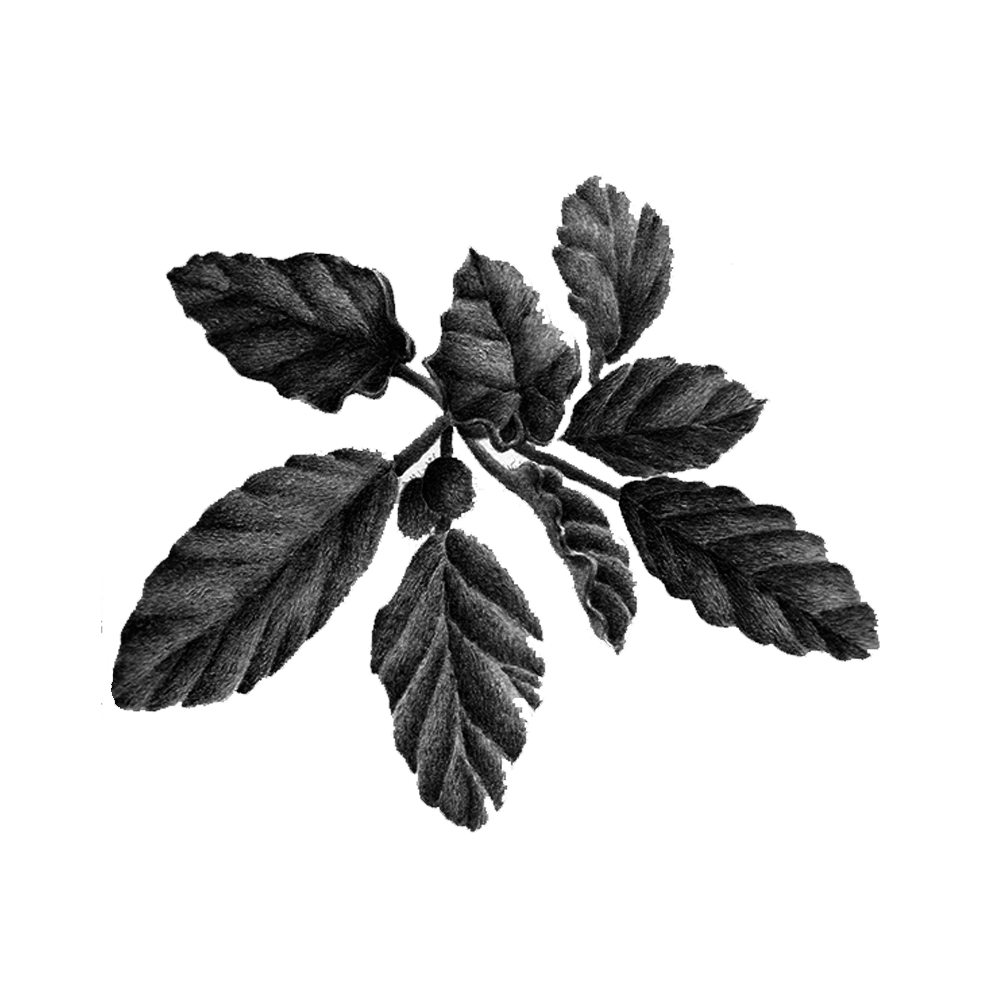
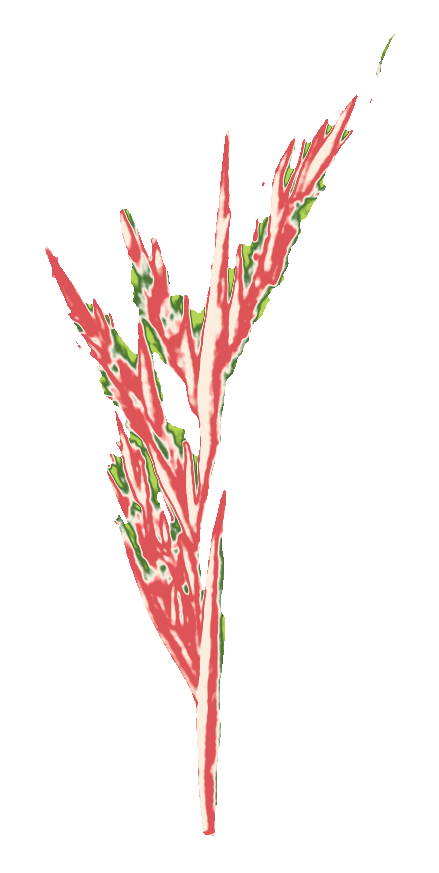

















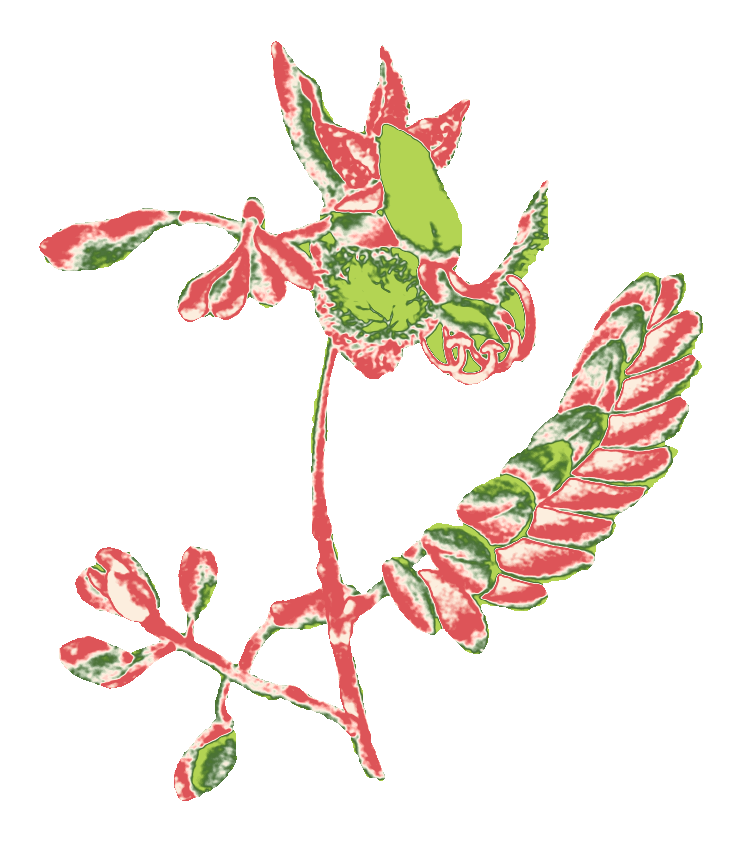




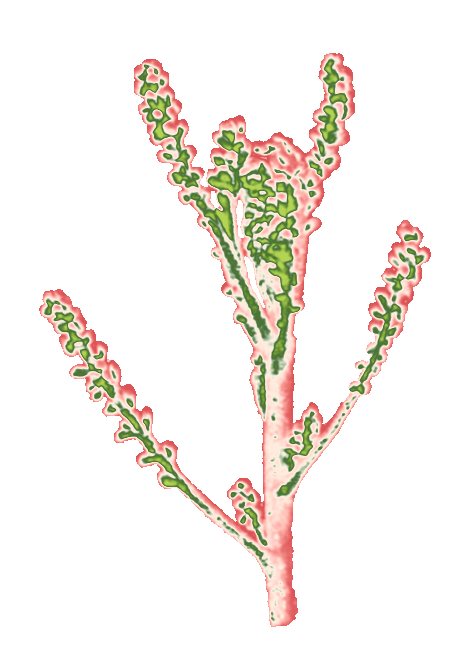
























Desert is a Forest

Khazim mainly grows in the Fujairah region. The plant is used as fodder for animals, and birds are attracted to the sweetness of the plant. Khazim is also consumed as a tea to treat low hemoglobin levels.

Desert is a Forest
Khazim (Grewia Tenax) mainly grows in the Fujairah region. The plant is used as fodder for animals, and birds are attracted to the sweetness of the plant. Khazim is also consumed as a tea to treat low hemoglobin levels.

Desert is a Forest

Al Hamra (Arnebia hispidissima) is usually found between the sandy soil plains of Ras al Khaimah and Dubna, Fujairah. The roots of the plant were used as a dye for clothes, as well as treated fevers by boiling the roots in water, and drinking as a tea. Its flowers and leaves are also loved by grazing goats.

Desert is a Forest

Flowering between February and April, Kaff Maryam (Anastatica Hierochuntica) grows throughout the Arabian Peninsula in dry, sandy and silt wadi beds. The plant is easy to identify when it’s dry as the curled branches resemble a clenched fist. The dried stems unfurl when soaked in water producing a tonic that provides several medicinal uses for pregnant women, including increasing milk supply, prevention of early miscarriages, balancing the body’s hormones, aiding the muscles of the uterus and reducing labour pain. It also increases fertility in women and reduces menstrual pain. Many folk stories surround Kaff Maryam, including the story of Mary clenching the plant in her hand when giving birth to Jesus.

Desert is a Forest

Thriving in the valleys and mountains of Fujairah; goats, humans and birds are drawn to Thor (Tephrosia Appolonea) shrub for its seeds. People consume the seeds when they are still tender and birds consider this shrub as a safe haven for building nests.

Desert is a Forest

Ghilih (Dyerophytum indicum) is a plant loved by humans and goats. Humans use the salty leaves as a seasoning for salads, and the fruits are eaten by goats.

Desert is a Forest

Baql (Rhynchosia minima) was once used as a substitute for coffee and is a common plant that grows across all parts of the UAE. It is also used in salads and as a garnish.

Desert is a Forest

Khansour/Yadaa (Desmidorchis Arabica) is mainly found in the high mountain ranges of the UAE. It often finds its way into Al Saloona, a meal eaten with rice, and the leaves are often added to salads. The plant also has medicinal properties, believed to help with diabetes. Commonly found with red blooms, the yellow bloom variant of this plant is now considered rare.

Desert is a Forest

With a tang of sourness, Hommed (Rumex Vesicarius) is a plant loved by communities living around Ras Al Khaimah and Umm Al Quwain, especially when the plant starts blooming after the rain. Mostly eaten as a salad, this plant has two varieties – one which grows in the mountain or rocky areas and the other that grows in the sandy plains, difference only in colour and shape.

Desert is a Forest

Commonly widespread across the UAE, the tender leaves and flowers of Markh (Leptadenia Pryotechnica) were often used in different food preparations. Markh was also used to make rope and fishing tools. At the same time, it is a highly grazed plant by goats and other desert animals.

Desert is a Forest

A small shrub that mainly thrives on sandy plains, Maqarnah (Monsonia Nivea) is often drunk as tea, prepared by drying the leaves and taken as a cure for fevers. Goats are drawn to the plants when they start producing flowers in January.

Desert is a Forest

Sakhbar (Cymbopogon commutatus) produces an oil that has a strong aromatic smell, and medicinal properties that protect against fever and is used as a diuretic when consumed as a tea.

Desert is a Forest

Humans and goats are drawn to Felh (Capparis Spinosa) at sunset, when the flowers open up and start blooming. The leaves of the plant are added to salads, and the flowers are used for preparing jam. The flowers are also known to relieve tooth pain.

Desert is a Forest

The roots of Al Raq (Salvadora Persica) continue to be used as a natural toothbrush in some parts of the UAE. It is a very important plant for goats and camels as it helps the animals produce milk, and gives their milk a high vitamin content.

Desert is a Forest

Mohtadi (Pulcaria Glutinosa) is used in perfumes and tea. It is also mixed with other leaves and salt to produce an ointment that is applied to wounds.

Desert is a Forest

People in some parts of the UAE dry and grind Rimth (Haloxylon salicornicum) to add to boiling water as a tea, which is believed to be highly medicinal in nature. Goats also graze upon its spindly stems.

Desert is a Forest

Usually found across the wadis of the UAE, Seedaf (Pteropyrum Scoparium) grows in the winter, and the leaves are often added to salads.

Desert is a Forest

Khobez (Malva Parviflora) can be found throughout the UAE and is known to have a strong smell in the evenings. The leaves are boiled to make tea and added to salads. Khobez helps relieve stomach pain and cleanses the body.

Desert is a Forest
A perennial aromatic plant that thrives in the mountain regions of the UAE. Characterised by different coloured flowers, Jadaa (Teucrium Polium) continues to be used in tea, sometimes as a replacement for mint and as medicinal concoctions for treating stomach pain (after being dried and mixed with either milk, water or juice). Traditionally, some of the flowers were used to make pillows as they remain fluffy with a mild fragrance.

Desert is a Forest

Sobber (Tamarindus Indica) grows widely in the mountainous regions of the UAE and is moderately tolerant to salt. It is often used as an ornamental tree in gardens and landscaping, and produces edible fruit. Goats also enjoy eating its leaves and fruits.

Desert is a Forest

Ghoban (Periploca Aphylla) produces velvety dark red flowers that are used as a garnish for salads. The leaves are eaten by grazing goats.

Desert is a Forest

The Shih (Seriphidium Sieberi) leaves are used to make bitter tea, which helps relieve constipation, diabetes and was traditionally used to treat fevers.

Desert is a Forest
Common around Fujairah, Silm (Acacia hrenbergiana) is considered a rare tree. The yellow flowers of Silm are very special, as they attract bees and are used to make honey. The leaves are loved by goats, and as Silm is a thorny tree, it provides protection to the homes of birds and other small animals. Young leaves are used in salads as well as yellow flowers as garnish.

Desert is a Forest

Native to the Arabian Peninsula as well as Iraq, Syria and Lebanon, Rehan (Ocinum Basilicum L) is similar to basil. The leaves and flowers are added to salads and teas for flavour, and oil is extracted from the plant to produce perfume. The plant is also known for its medicinal uses, where leaves are infused in water and used as an expectorant to treat coughs and as a general tonic. Planted between March and April, the seeds can be propagated after two months of flowering.

Desert is a Forest

Known for its medicinal properties, Harmel (Peganum Nitrariaceae) is used in traditional medicine for muscle pains, diabetes, stomach aches, wounds and cuts. Traditionally, the leaves were also boiled in water to bathe in, which helped relieve rashes and fungus on the skin. Goats also love to eat the flowers and leaves.

Desert is a Forest

Rahel (Atriplex Halimus) is a unique plant that is naturally salty and used to season salads. It is also widely used as fodder for goats and camels.

Desert is a Forest

Hawa (launacea arborescens) starts flowering in February. Goats wait eagerly for this time of the year to graze on the delicious flowers and tender branches.

Desert is a Forest

Thamam (panicum turgidum) seeds were once grinded and mixed with wheat to make bread. Today, goat farmers propagate the seeds and feed them to their animals. A barter economy also existed in the UAE, and the hay produced from Thamam was traded in exchange for wood and coffee.

Desert is a Forest

Zaabal (Triraphis pumilio) propagates by self-seeding and has a short lifespan of three months. Mostly found in the Jebel Hafit area, Zaabal is highly grazed by goats in this region, and is now considered a rare grass in the UAE.

Desert is a Forest

Ghurayra (Eremobium aegyptiacum) is used in traditional medicine as a laxative and diuretic. This small bush is widespread across the UAE, from gravel plains to wadis, which makes it easy for goats to graze upon the plant.

Desert is a Forest

Widespread across the coastline of the UAE, Safrawi (Dipterygium Glaucum Cleome Pallida) has the ability to survive in saline sandy soils, and the fruit attracts a huge diversity of migratory birds and grazing animals, including goats. The plant was also used for traditional medicinal purposes, dried and drunk as a tea.

Desert is a Forest
Henna (Lawsoniainermis L) is one of the most commonly used plants in South Asia and many parts of the Arab world with a rich cultural history. The leaves are used to make a red dye that women apply to their hair and skin. Henna is also known for its medicinal and anti-inflammatory properties and was traditionally used as a local anesthetic for treating fever and mouth ulcers. Due to its high economic value, Henna is a widely cultivated plant in the UAE.

Desert is a Forest

There are two types of Arta (Calligonum comosum), spread between two diverse geographies – the ‘giant’ plant, growing in sandy regions, and the ‘small’ plant (arbi), growing in rocky terrains. Once the plants start flowering in March, people living in mountainous regions of the UAE add its beautiful bright red and yellow flowers, chopped leaves and soft stems into rice as a special dish. It is also during this time of year that the young shoots of the plant are collected and added to salads. The leaves of the plant are also used as a tea to treat diarrhoea, and often dried in the sun and infused in water or fish oil for cooking.